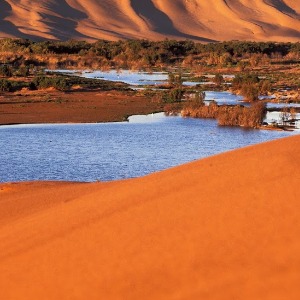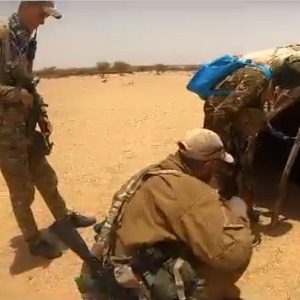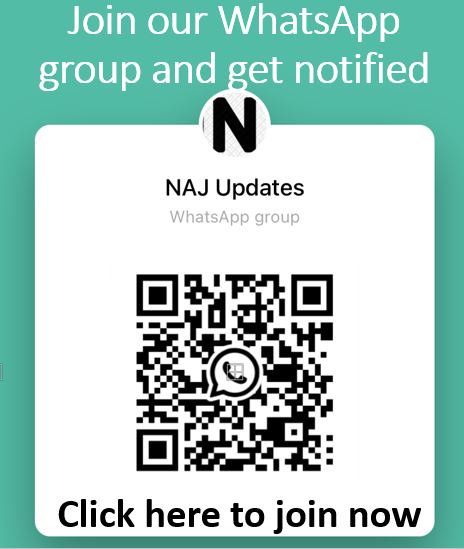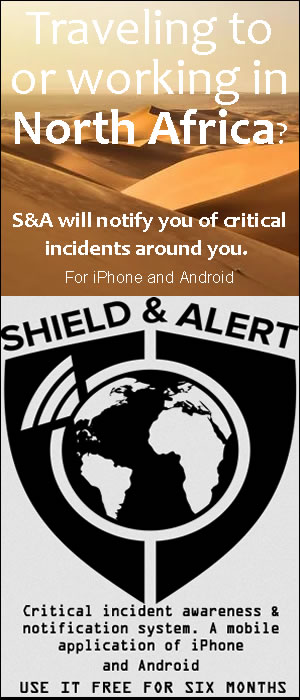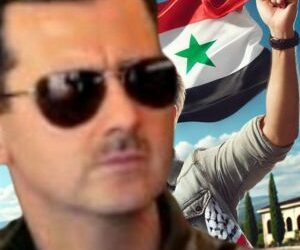Disputed and divided Western Sahara is a former Spanish colony, mostly under Morocco’s control, where tensions have simmered since the 1970s. An Algerian-backed independence movement — which holds a fifth of the territory — has campaigned for a vote on self-determination through decades of war and deadlock. Tensions flared again last month between Morocco and the pro-independence Polisario Front. A decades-old ceasefire collapsed in mid-November after Morocco said it had sent troops into no man’s land there to reopen a road to neighboring Mauritania. US President Donald Trump announced Thursday that Washington now backs Moroccan rule over the disputed region after Morocco became the fourth Arab state this year to recognize Israel in a diplomatic breakthrough. Here is an explainer on the territory and the conflict.
Desert and ocean –
The North African territory sits on the western edge of the Sahara desert, stretching along about 1,000 kilometres (620 miles) of Atlantic coastline. At 266,000 square kilometres (103,000 square miles) it is relatively large — but its inhospitable terrain supports only around half a million people. With Morocco to the north, Algeria to the east and Mauritania to the south and southeast, it boasts large reserves of phosphate and rich offshore fisheries. As Spain withdrew in 1975, Morocco moved in, claiming the territory was part of the kingdom. It was opposed by the Polisario Front, which took up arms to fight for independence. The dispute was referred to the International Court of Justice in The Hague, which ruled in favour of self-determination. In November 1975, 350,000 Moroccans took part in the so-called Green March to the border to press the kingdom’s claim. In February 1976, the Polisario Front proclaimed the Sahrawi Arab Democratic Republic (SADR), with the support of allies including Algeria and Cuba.
Huge sand walls –
The Polisario initially gained the upper hand, before being pushed back into the interior. During the 1980s, Morocco built a series of concentric walls in the desert, ost made of sand, to keep Polisario fighters out of territory where it had established control. The outermost defensive line runs for 2,700 kilometres, ringing the 80 percent of the Western Sahara now under Moroccan control. It is fortified with barbed wire and trenches and forms one of the world’s largest minefields. The SADR is a member of the African Union, but controls just 20 percent of the territory, mostly empty desert.
Troubled region –
The United Nations has repeatedly failed to find a lasting settlement since it brokered a ceasefire on the line of control in 1991. The UN deployed its MINURSO mission to monitor the ceasefire, and to organise a referendum on the territory’s future status. The vote was set for 1992 but was aborted when Morocco objected to the proposed electoral register, saying it was biased. It now refuses to accept any vote in which independence is an option, and says only autonomy is on the table. The conflict has long poisoned Morocco’s relations with neighbouring Algeria. Their common border has been closed since 1994, and between 100,000 and 200,000 Sahrawi refugees live in camps around the Algerian desert town of Tindouf.
Talks fail –
After years of deadlock, former German president and UN special envoy Horst Koehler got the two sides together in Geneva, along with Algeria and Mauritania. But two rounds of talks faltered in March 2019. Koehler then retired for health reasons and has not been replaced. In the meantime, some 20 African countries have opened diplomatic offices in the Moroccan-held cities of Laayoune and Dakhla.
Rights abuses –
A 2018 UN report on Western Sahara cited accounts of “serious human rights violations” committed by Moroccan police against those pushing for self-determination. It additionally highlighted concerns over rights abuses in the Tindouf camps run by the Polisario.

